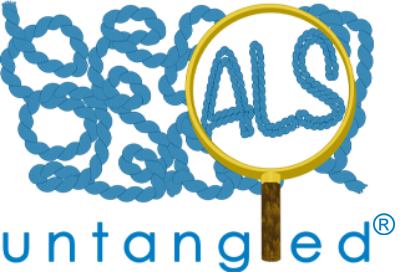ISRIB
ISR over-activation may play an important role in ALS pathogenesis, as supported by data from pre-clinical models and PALS. Several different ISR inhibitors have been tried in ALS models or inPALS with mixed results; but given the differents pecific actions of these, it is not possible to generalize across the whole class. ISRIB can attenuate […]
Alpha Lipoic Acid
ALA has several plausible mechanisms for slowing ALS progression, including enhancing energy production, reducing oxidative stress as a potent antioxidant and anti inflammation. Preclinical studies demonstrated better motor function and improved survival. One open label study suggested improved QOL and fatigue when administered as a palladium lipoic acid complex, but motor function was not assessed. […]
Light Therapy
Light therapy has not yet been convincingly shown to help people with ALS. However, at specific wavelengths and energy densities, LT appears safe and has theoretically plausible mechanisms. There is a single case report suggesting benefits for light therapy in ALS, but it contains in sufficient detail to independently confirm diagnosis or treatment benefit. Further […]
Vinpocetine
Vinpocetine has several plausible mechanisms by which it could slow ALS progression. There are two PALS online who reported improved motor functions on supplement cocktails containing Vinpocetine, but many other PALS have had nobenefits. Serious side effects from Vinpocetine are rare and it is inexpensive. We support further study of Vinpocetine in ALS, but our […]
Anti-fungals
It is unknown if fungi exist in the brain of PALS. If they do exist, it is unknown if they have any pathogenic effect, and unknown if antifungal drugs would modify ALS disease progression. There are no pre-clinical ALS model studies, verified ALS cases, or ALS clinical trials to suggest that antifungals would be of […]
Perampanel
Perampanel is a drug currently used to treat seizures which has a mechanism of action that theoretically could be useful in treating patients with ALS. A single flawed study in a mouse model of ALS showed some benefits of perampanel, but data from humans with ALS is quite limited. Due to the lack of data […]
RT001
RT001 has a novel mechanism for reducing oxidative stress that could theoretically work better than more traditional antioxidants. In the small trial of patients with Friedreich’s ataxia, it seems to be safe and well-tolerated at lower dosages but can cause nausea and diarrhea at higher doses. At the time of this writing, there is very […]
Penicillin G/Hydrocortisone
In our opinion, there is no convincing evidence that GABA overload plays a role in ALS progression. PNG/HC has other theoretical mechanisms by which it could slow ALS progression, but previous human trials involving steroids and a trial of a b lactam with more potent effects on glutamate did not help. We have not been […]
